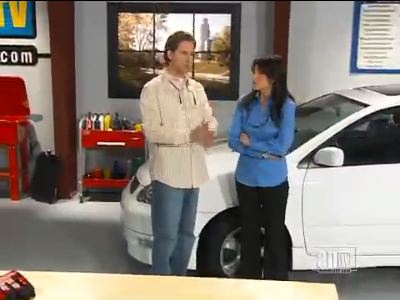A set of new tires isn’t probably high on anyone’s list of exciting purchases. But since your life is literally riding on them, it’s probably a good idea to know when it’s time for you to buy new ones.
If you’ve been feeling your vehicle slipping more in wet weather or it takes a longer distance to stop, those are a couple of signs you may need new rubber all around. Here’s how to make your decision.
First thing to do is look at your tires. The surface of the tire that contacts the road is the tread. When that tire was new, the tread was deep (the grooves in the rubber that provide traction). If they’re starting to look somewhat smooth, you have a seriously worn tire that definitely needs replacing. Bring your vehicle in for us to look at your tires and we can check your tread with a tread gauge.
Also look at the sides of your tires. If they have cuts or cracks in them, or if you see signs of bulges or scrapes made by hitting curbs or potholes, those could be signs of serious damage.
Keep an eye on your tire pressure monitors. If you notice one or more of your tires showing frequent pressure changes, that needs to be checked out.
One other thing you probably didn’t know is that your tires all have birthdays, and they’re printed on each sidewall. When you bring your vehicle in for us to inspect your tires, we can tell you how old they are. That’s important because rubber deteriorates with age, even if they don’t have that many miles on them. Tire manufacturers recommend replacing tires when they reach a certain age, usually from six to ten years old.
Now the question is, which tires should you buy? That’s one for your service adviser who can recommend replacements based on your driving style, the model of vehicle you own, where you drive most often, and other factors.
Oh, and if you want your new set of tires to last as long as possible, remember to have them rotated regularly, keep the right pressure, and don’t drive aggressively.
Autotronics of St. Peter
111 Jefferson Avenue
St. Peter, MN 56082
507.934.9290
http://autotronicsstpeter.com
